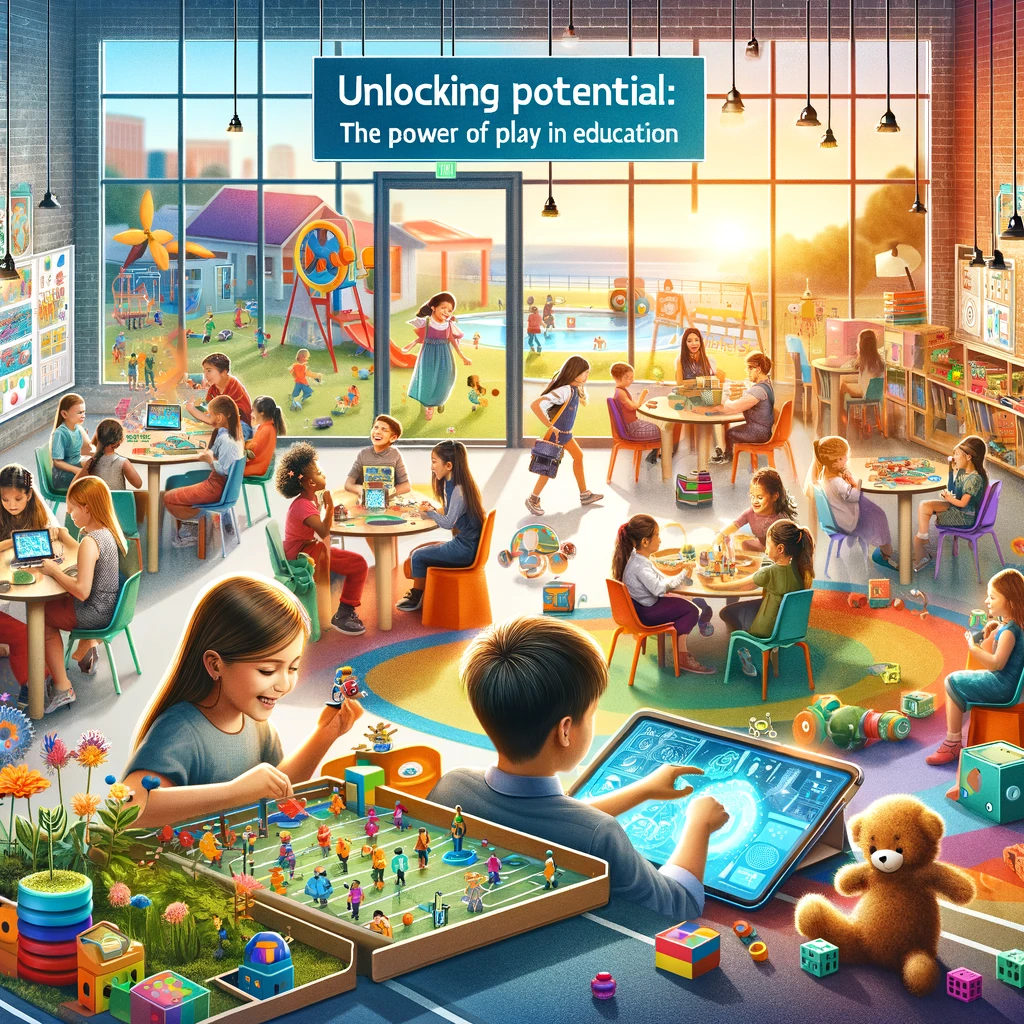In today’s educational landscape, the shift towards dynamic and engaging learning experiences highlights the growing recognition of play-based learning. This innovative approach transforms traditional classrooms into vibrant creativity, exploration, and active participation hubs. Rooted in child development theories, play-based learning is gaining momentum, offering many benefits for students across all age groups. This article delves into the essence of play-based learning, showcasing its importance and practical applications in modern educational settings.
Exploring the Fundamentals of Play-Based Learning
At the heart of play-based learning lies the concept of using play as a foundational tool for educational growth. While traditionally associated with early childhood education, its benefits span primary, secondary, and higher education levels. Critical aspects of play-based learning include:
1. Active Engagement:
Students dive deep into learning, fueling their knowledge through exploration and experimentation.
2. Intrinsic Motivation:
This approach taps into students’ natural curiosity, fostering a genuine love for learning.
3. Holistic Development:
It supports comprehensive growth—social, emotional, physical, and cognitive.
4. Choice and Autonomy:
Students can choose their activities, promoting independence.
5. Cooperation:
It encourages teamwork and enhances problem-solving, communication, and social skills.
Benefits of a Play-Centric Education
Play-based learning offers numerous advantages, including:
1. Cognitive Growth:
Activities like puzzles and games sharpen critical thinking and problem-solving skills.
2. Social Skills Enhancement
nurtures group work, sharing, and communication abilities.
3. Creativity Boost:
Play unleashes imagination, allowing students to explore and innovate.
4. Stress Reduction:
Such environments are generally more relaxed, reducing anxiety and making learning enjoyable.
5. Sustained Learning Interest:
By making learning fun, students display ongoing enthusiasm.
6. Real-World Preparation:
Play equips students with essential skills for future challenges.
Implementing Play-Based Learning in Modern Classrooms
Educators are increasingly incorporating play-based learning through:
1. Adaptable Spaces:
Classrooms are designed to support various activities and group sizes.
2. Interactive Curriculums:
Lesson plans include play-based elements, making learning more engaging.
3. Professional Development:
Training programs focus on creating participatory and inquiry-driven environments.
4. Innovative Assessments:
Alternative assessment methods emphasize the learning process.
5. Parental Engagement:
Schools encourage parents to support play-based learning at home.
6. Digital Integration:
Technology, including educational apps, enhances play-based learning experiences.
Challenges and Considerations
Despite its benefits, challenges such as balancing curriculum requirements, developing meaningful assessments, ensuring adequate teacher training, allocating resources, and garnering parental support need to be addressed.
Conclusion: Fostering a Love for Learning Through Play
Play-based learning reshapes education, making it more interactive, enjoyable, and beneficial for students’ development. By overcoming challenges and embracing this approach, educators can create enriching learning experiences that prepare students for a bright future.



